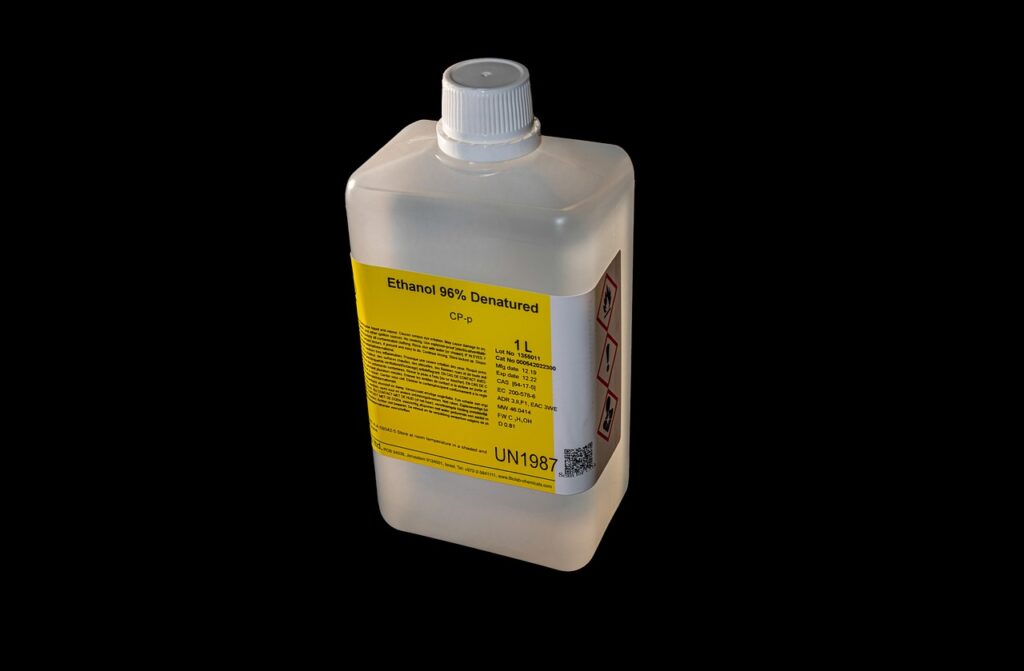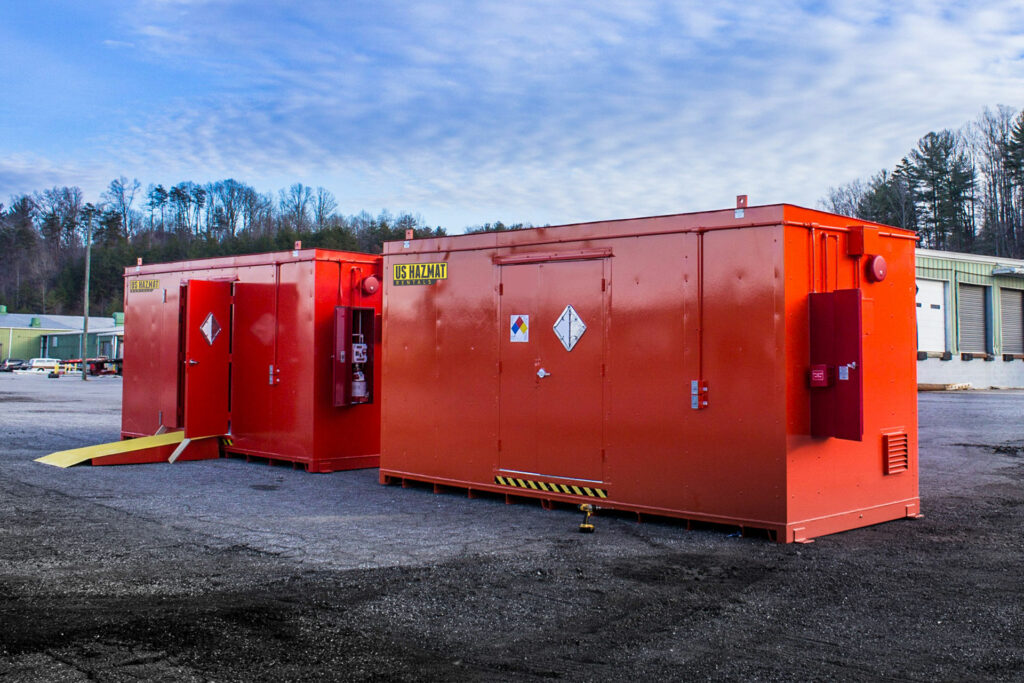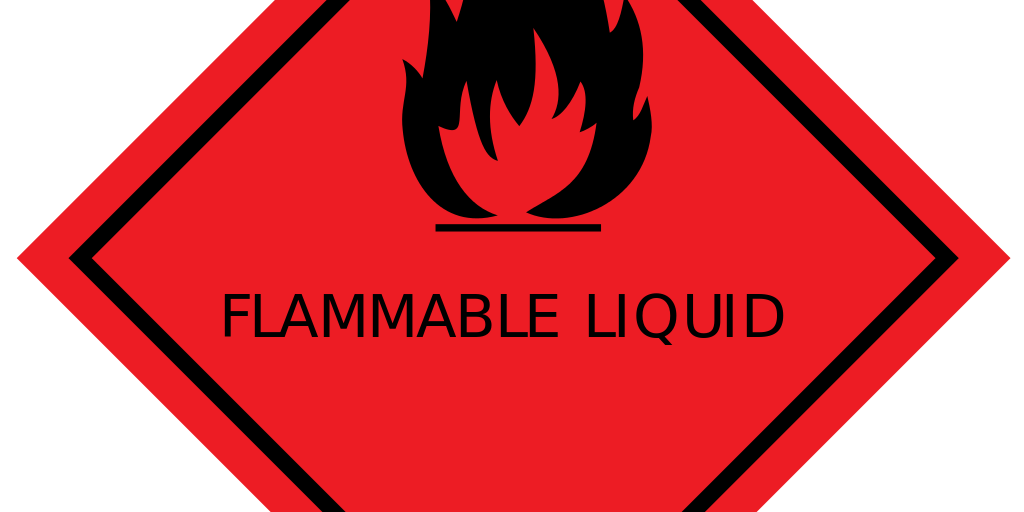Don’t Have Compliant Flammable Storage? All it Takes is One Errant Spark to Cause Catastrophe.
Flammable storage is an afterthought until it becomes a compelling force for change when disaster strikes your workplace. Firefighters responded to an estimated average of 8,000 industrial fires between 2017 and 2021, resulting in five deaths and hundreds of injuries. While malice is never the intent, failure to invest in compliant flammable storage is akin to gross negligence, leaving your company responsible for millions of dollars in damages. Flammable storage should be a line item in every company’s budget. U.S. Hazmat Rentals offers two-hour and four-hour fire protection for every industry at a fraction of the purchase cost. Unlike other noncombustible chemical classifications, flammable materials require an extra layer of strength of protection. Let us give you the peace of mind of continuous onsite chemical storage while vanquishing the propensity for carnage.
Most Common Flammable Chemicals Requiring Compliant Protection

Below is a list of the most common flammable chemicals used in manufacturing. The list is not exhaustive, but intended as a guideline for flammable chemical classification. Contact us today if you require compliant protection for flammable materials.
- Acetone
- Acetic Acid
- Alcohol
- Benzene
- Butane
- Chloroform
- Diethyl Ether
- Glycerin
- Methanol
- Pentane
- Pyridine
NFPA Flammable Storage Limit
According to the NFPA and OSHA standards, no more than 25 gallons of flammable or combustible liquids may be stored in a room outside an approved storage container. Furthermore, “no more than 60 gallons of flammable materials (flashpoint below 140 degrees Fahrenheit) or 120 gallons of combustible (flashpoint at or above 140 degrees) may be stored in an approved hazmat warehouse. Storage cabinets should also be limited to three structures in a single storage area.” So that brings us to our next point: what are the classifications of flammable materials?
Only in specialized warehouse storage areas and in our US Hazmat Rentals storage buildings – designed, engineered, and construction for greater storage volumes – can high-quantities of flammable liquids and materials be property stored.
Flammable Classifications
Let’s break down the classifications by category and chemical properties. U.S. Hazmat Rentals can provide compliant turnkey classifications for every classification and payload of chemical materials.
Class 1 Flammable Liquids
Class 1 Flammable Liquids is broken down into three categories based on chemical reaction and potential scope of damage. According to OSHA, a Class IA Flammable Liquid is any liquid with a flashpoint below 73 F, or 22.8 C, and a boiling point below 100 F meets the minimal criteria for this volatile classification. Oxide, methyl chloride, and pentane are common examples. Class IB Flammable Liquids include more volatile liquids. Common examples of Class IB liquids include acetone, ethyl alcohol, gasoline, or any other liquid substance with a flashpoint below 73 F and a boiling point of at least 100 F qualify for this designation. Class IC Flammable liquids are any chemical with flashpoints above 73 F or 22.8 C and below 100 degrees. Compliant chemical storage for flammable liquids depends on the size of your stockpile and applicable classification.
Compliant Turnkey Protection for any Payload and Workflow

We provide steel-gauge protection for all classifications of flammable liquids and combustible materials. Currently, we offer two hour and four-hour fire protection, depending on the distance of setback established by your local authority having jurisdiction. For maximum protection, we can also provide additional safety features, such as superior fire suppression, climate control and mechanical ventilation. Each locker is also outfitted with explosion relief panels to reduce blast radius and minimize destruction. We understand deciphering complicated legal jargon can be difficult. Our knowledgeable and experienced building advisors can guide you through an in-depth consultation to simplify the quote process.






